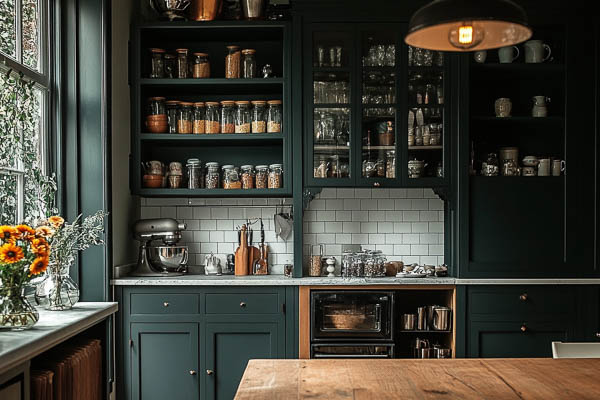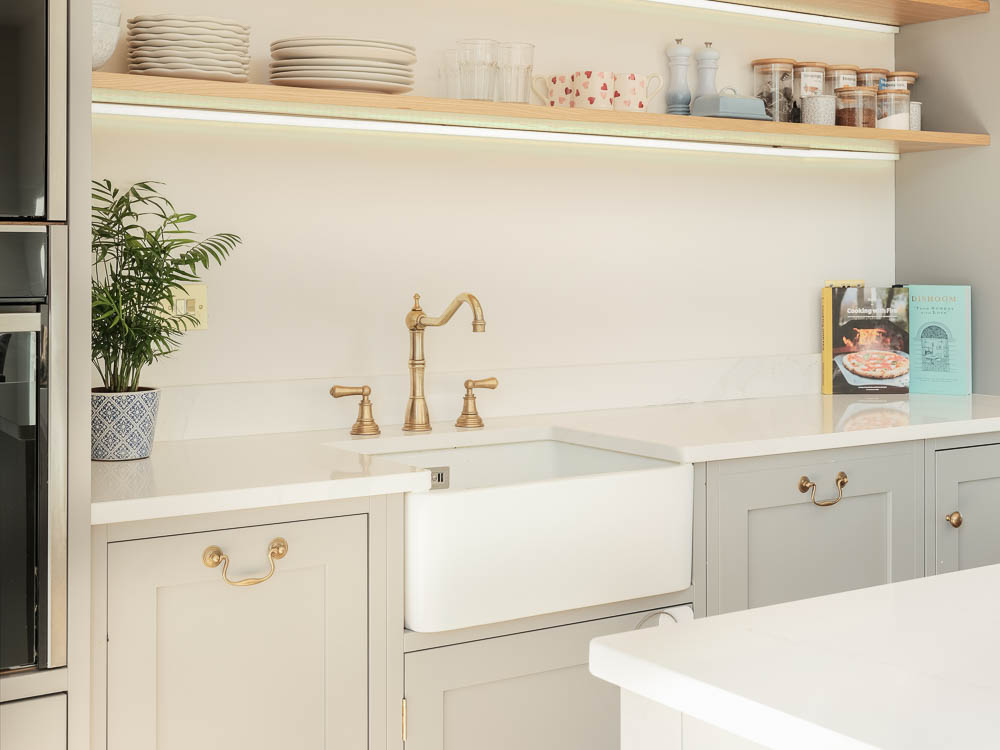
Whether you’re renovating a Georgian rectory or adding character to a contemporary home, appreciating the history of classic British kitchen hardware (often referred to as vintage kitchen cabinet hardware) can transform your kitchen into an inviting, timeless space. Period homes naturally benefit from authentic details for traditional kitchens, while modern homes can gain unique charm from elements inspired by Britain’s celebrated design eras—Georgian, Victorian, Edwardian, and Arts & Crafts. Here’s an in-depth exploration of each era, offering insights to help you make informed and inspired choices for your home.
Georgian (1714–1830)

Georgian design is known for its elegant symmetry and classical proportions, heavily influenced by Palladian architecture. Kitchens from this period were often separate from main living areas and meticulously organised for practical efficiency, reflecting Georgian society’s structured nature. Brass and bronze fittings were favoured due to their durability, aesthetic appeal, and corrosion resistance, adding elegant details for Georgian homes.
An intriguing aspect of Georgian kitchen design was how the rising popularity of tea drinking impacted cabinetry. Cabinets designed specifically to store and display fine china and tea sets became common, requiring handles and knobs that were sophisticated yet unobtrusive, complementing the delicate wares inside.
Key Features:
- Carefully planned symmetrical hardware placement, creating a sense of order
- Traditional brass drop handles and rounded knobs
- Unlacquered metal finishes are designed to develop a beautiful patina with use
- Colour schemes typically included understated shades such as creams, soft greens, dove greys, and powder blues, chosen to harmonise gracefully with the brass and bronze fixtures
Victorian (1837–1901)
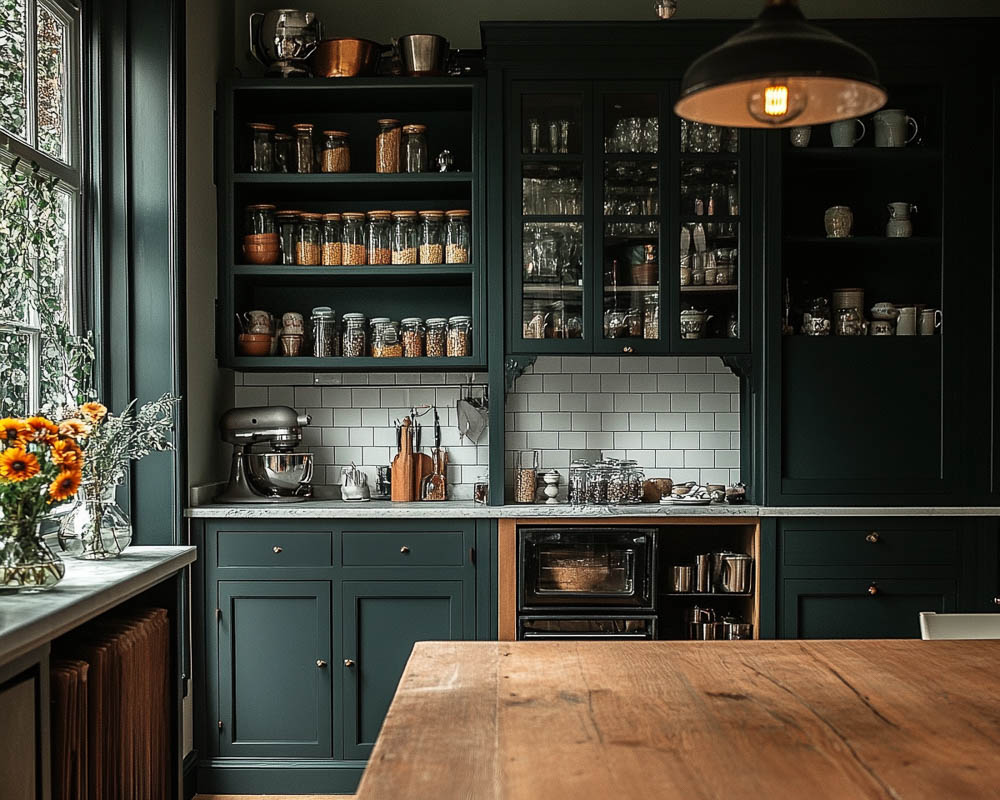
The Victorian kitchen emerged as a lively, central part of the home during a period marked by industrialisation and a thriving middle class. Kitchen hardware from this era often featured intricate detailing, becoming accessible to many homes through mass production.
The introduction of mail-order catalogues played a crucial role in the widespread adoption of decorative hardware. For the first time, households across Britain could easily access fashionable designs, allowing even modest homes to reflect contemporary trends.
Key Features:
- Ornate brass cup handles and elaborately detailed fittings
- Beautifully crafted porcelain knobs often adorned with intricate floral or geometric patterns
- A variety of finishes, including polished brass, nickel plating, and blackened iron, are selected to complement detailed Victorian decor
- Rich colour palettes such as deep burgundy, forest green, and navy blue, chosen to enhance detailed metalwork
Edwardian (1901–1910)
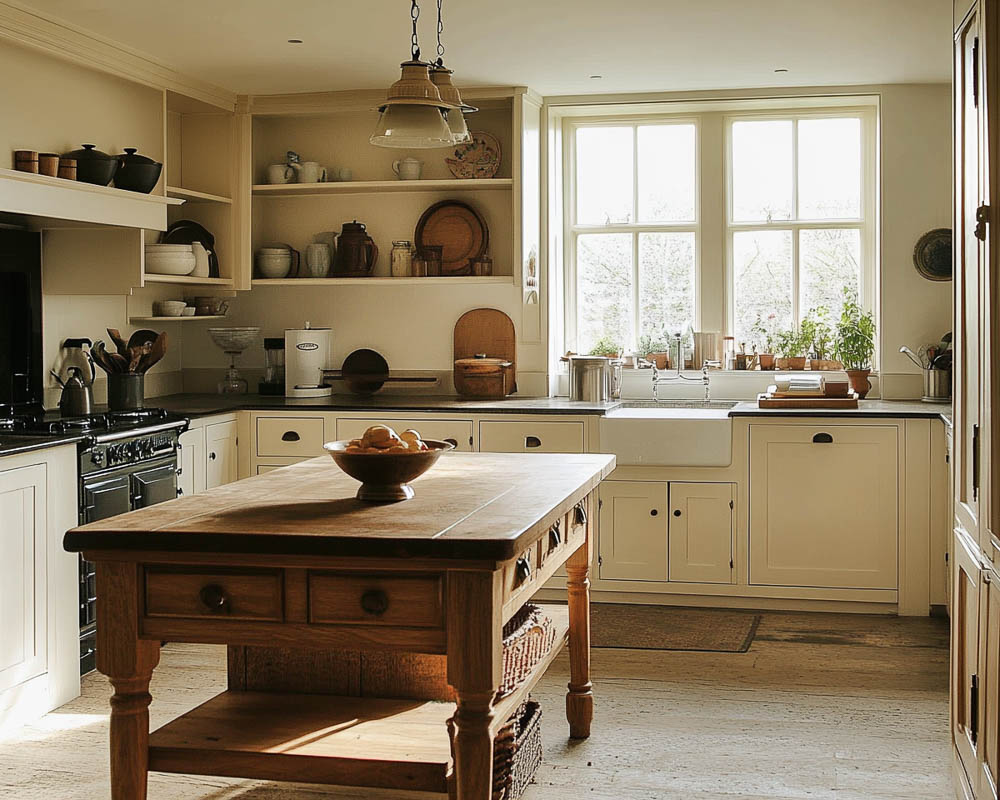
Edwardian design introduced a fresh simplicity focused on cleanliness and practicality. Edwardian kitchens were bright, spacious, and thoughtfully designed, featuring fixtures like polished nickel, porcelain, and enamelled metal. The hardware was simple and functional, with a touch of elegance that complemented the overall design.
The Edwardian period significantly shaped modern kitchen design by introducing fitted cabinetry, providing streamlined storage solutions that are still popular today. This innovation created tidy, efficient spaces, reflecting a growing desire for order and convenience.
Key Features:
- Elegant knobs featuring subtle fluted or beehive detailing
- Polished nickel or chrome finishes emphasising hygiene and modernity
- Simple porcelain knobs, predominantly white or black, offering a clean look
- Gentle and refined colour schemes, including ivory, pale blues, and muted greys, chosen to complement polished hardware
Arts & Crafts (1880–1920)
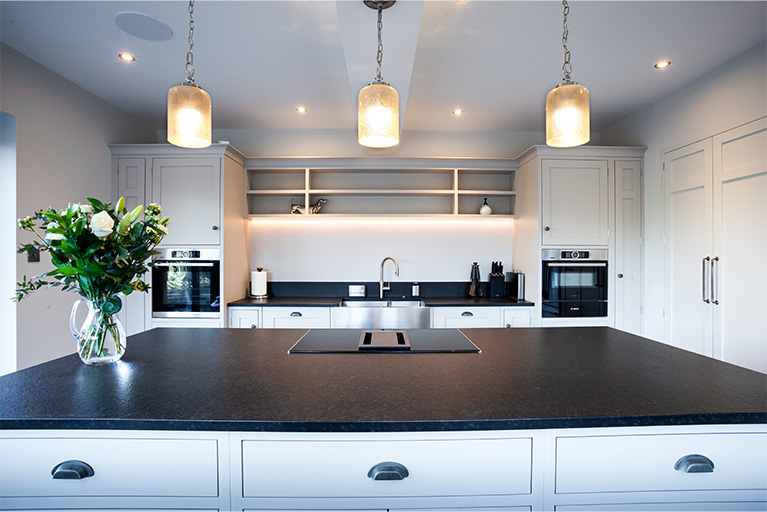
The Arts & Crafts movement celebrated skilled craftsmanship, authenticity, and natural materials, strongly opposing mass-produced industrial goods. Hardware from this period often demonstrated individual artistry, with each piece visibly expressing the craftsman’s skill.
Distinctive features like visible hammer marks or deliberately asymmetrical forms set Arts & Crafts hardware apart, making each piece feel unique and personally crafted. This movement greatly valued the human touch in design, resulting in hardware rich with character and authenticity.
Key Features:
- Hammered iron, copper, or bronze fittings, each acquiring a naturally attractive patina over time
- Simple, mission-style pulls and square-shaped knobs
- Textures and handcrafted details, including rivets and hammered finishes
- Warm, earthy colour palettes such as olive green, rich terracotta, warm browns, and muted golds, enhancing natural metal finishes
Adding Vintage Style Hardware
When choosing vintage kitchen cabinet hardware for modern kitchens, consider approaches that make each selection purposeful and distinctive:
- Victorian hardware can add visual depth to minimalist cabinetry, while Georgian fittings offer subtle elegance to richly coloured units.
- Choose matching finishes like polished brass, matte black, or satin nickel to keep your kitchen looking coordinated. It’s best to stick with just one or two metal finishes for a balanced feel.
- Select standout pieces such as Edwardian porcelain knobs or Arts & Crafts hammered copper handles to create attractive focal points.
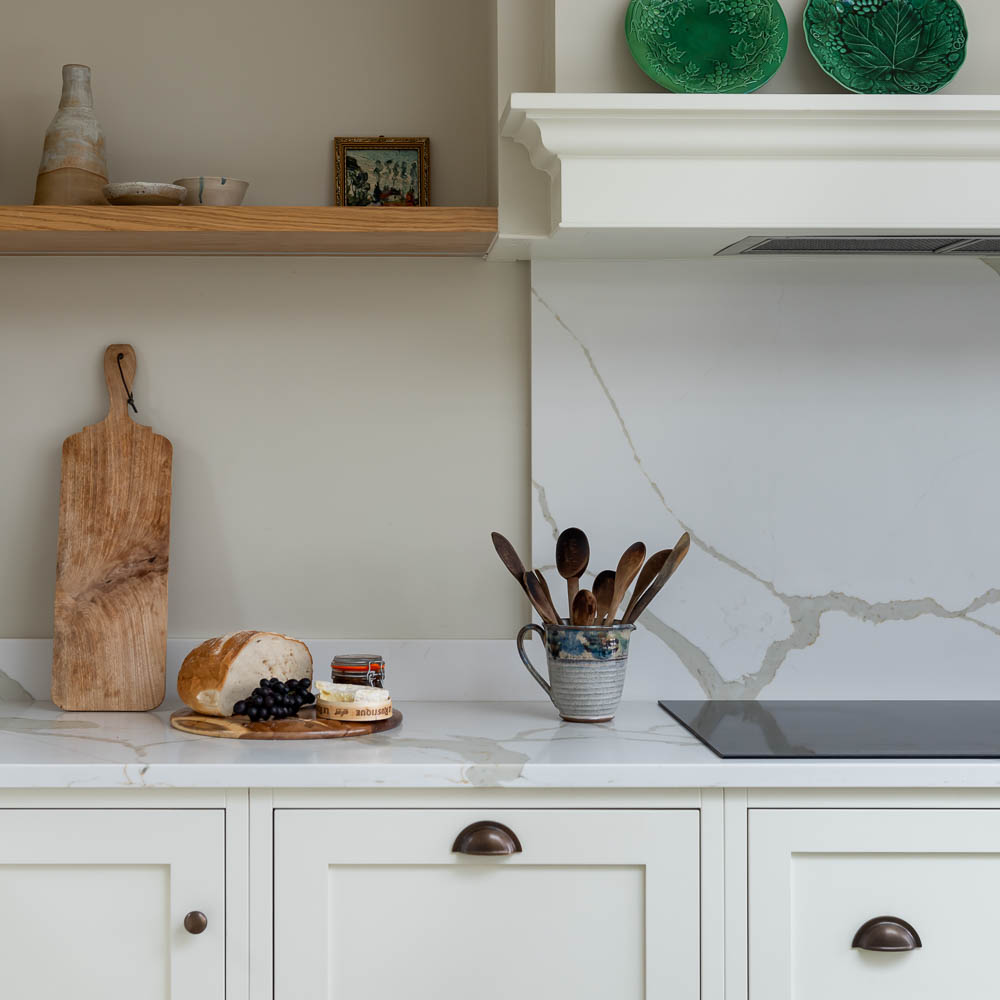
Helpful Tips When Selecting Your Hardware:
- Select Vintage kitchen style hardware that complements the scale of your cabinetry, ensuring both practicality and visual balance.
- Antique-inspired hardware can pair with modern kitchen innovations like soft-close drawers and doors.
- Choose solid materials such as brass, iron, or copper to ensure your hardware ages beautifully and remains durable over time.
Thoughtfully chosen classic British hardware (including vintage kitchen cabinet hardware) can create kitchens that feel timeless, inviting, and genuinely reflective of both your home’s history and your taste.
These articles aim to help guide and inspire your kitchen design choices, but our experienced design team is always here to support you directly. We have an extensive finishes and fittings library at our Pitsford showroom, where we can explore these styles together and assist you in selecting quality fittings that suit your home. Our suppliers meet our high standards, so you can feel confident about your choices.
Whether you prefer to handle the smaller details yourself or want us to take care of everything—from layout to the finishing touches—our friendly team is ready to help. It only takes a few minutes to get started; contact us to brief us on your space and begin creating your beautiful new kitchen.
Ready to start designing your dream kitchen with your vintage kitchen cabinet hardware? Tell us about your project by clicking the button below – we always love a challenge!
 Bespoke made in 10-12 weeks
Bespoke made in 10-12 weeks  National Installation
National Installation  Worldwide Shipping
Worldwide Shipping 